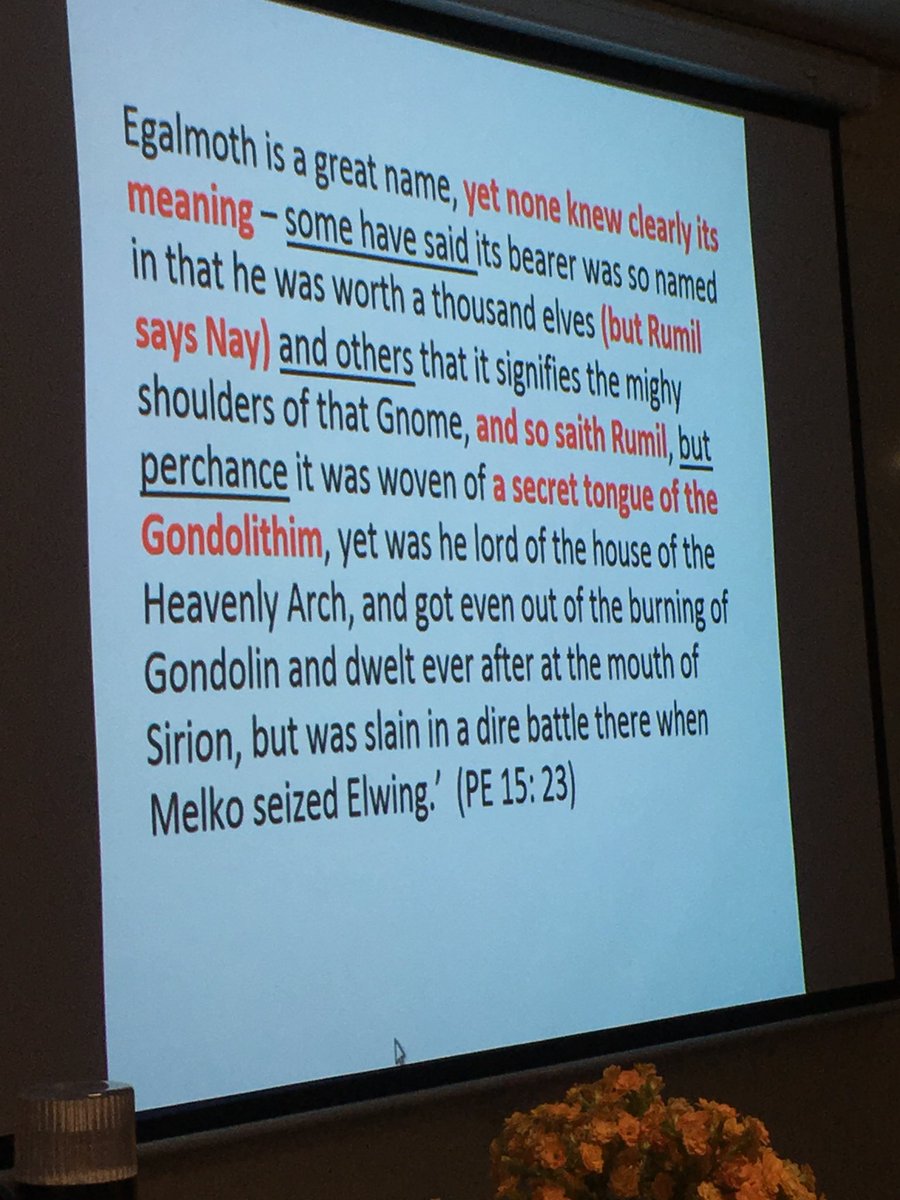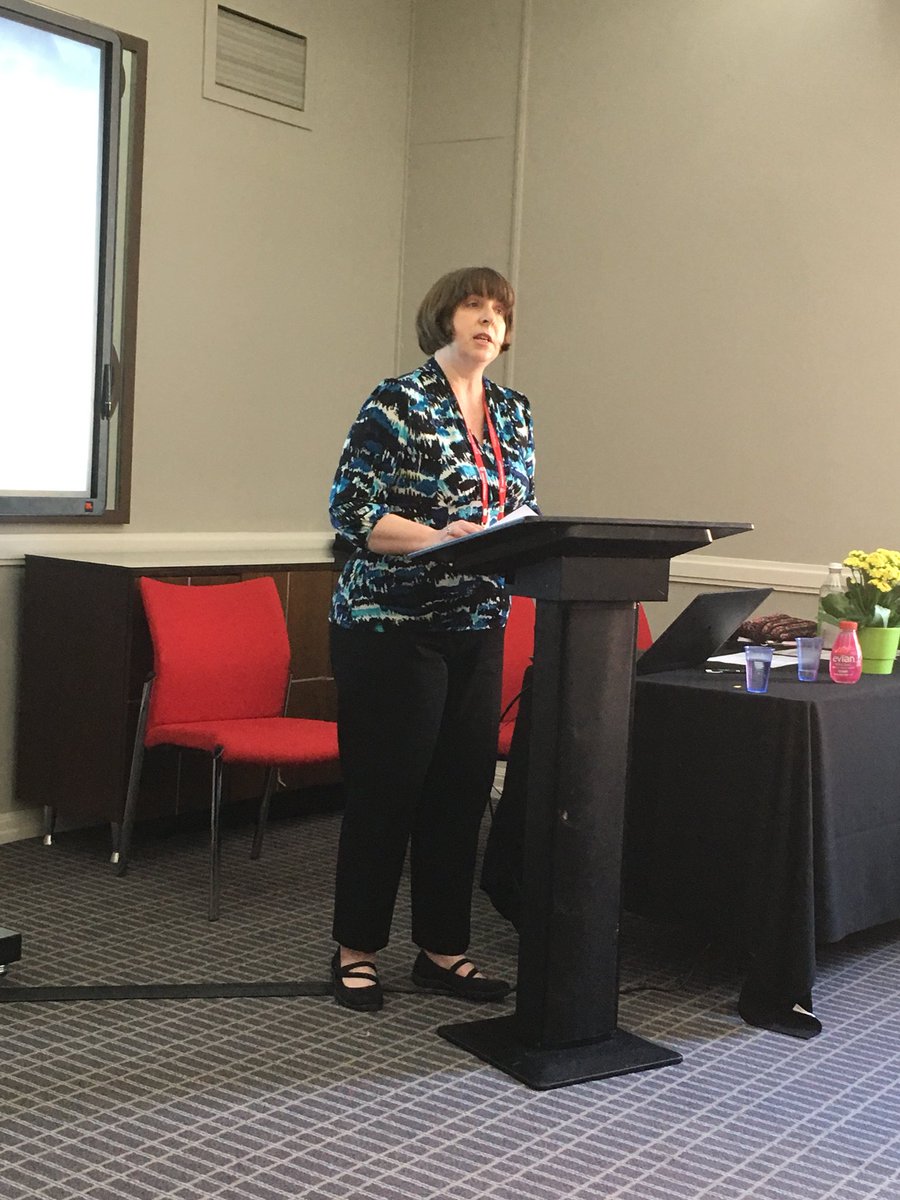Discover and read the best of Twitter Threads about #imc2018
Most recents (18)
Brad Eden on “A Man of His Time?: Tolkien and the Edwardian Worldview” #s849 #IMC2018 @IMC_Leeds #Tolkien 
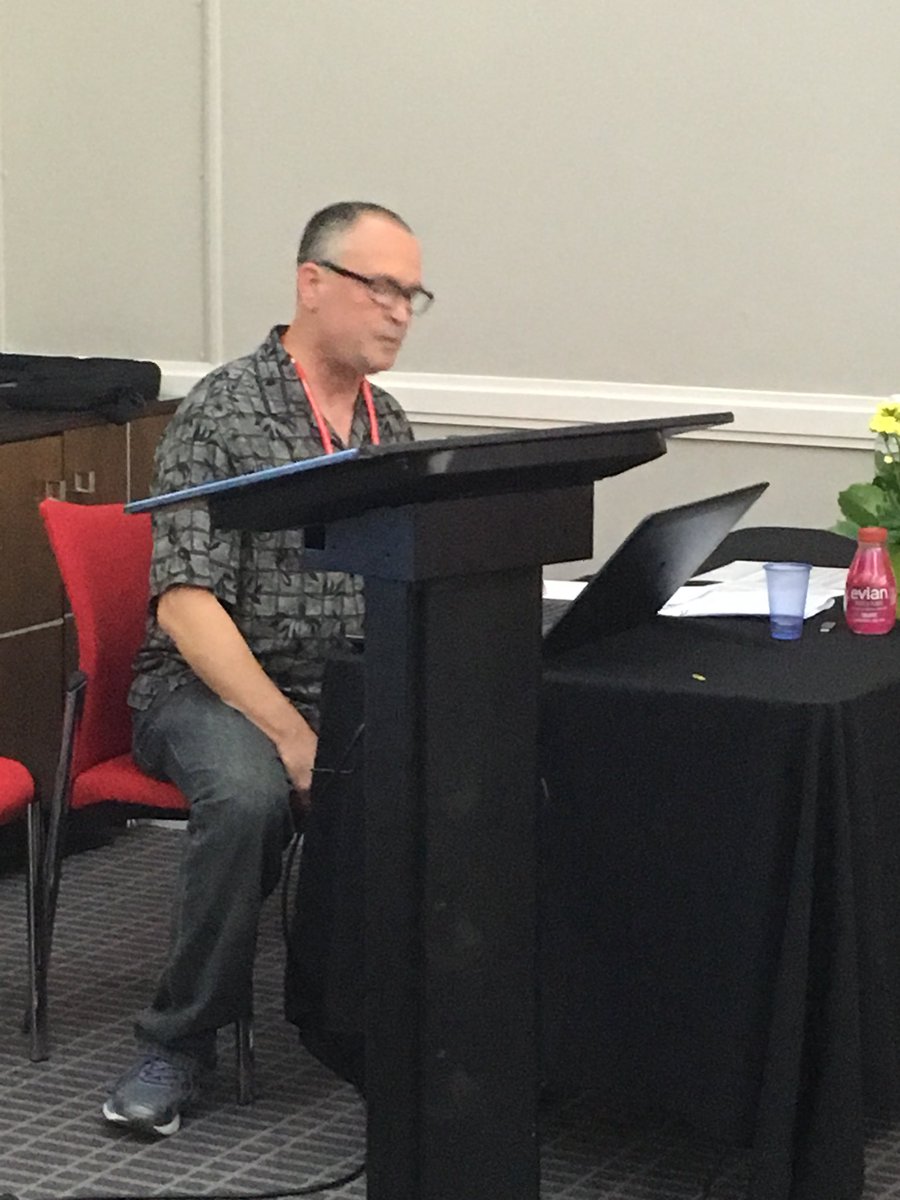
Eden will take us through ideas and concepts of the Edwardian cultural milieu that he hopes will inspire further research on #Tolkien’s cultural context. #s849 #IMC2018 @IMC_Leeds #Tolkien
Eden: there are subtle shifts between Victorian and Edwardian cultures which we need to take into account when examining #Tolkien’s context. #s849 #IMC2018 @IMC_Leeds #Tolkien 
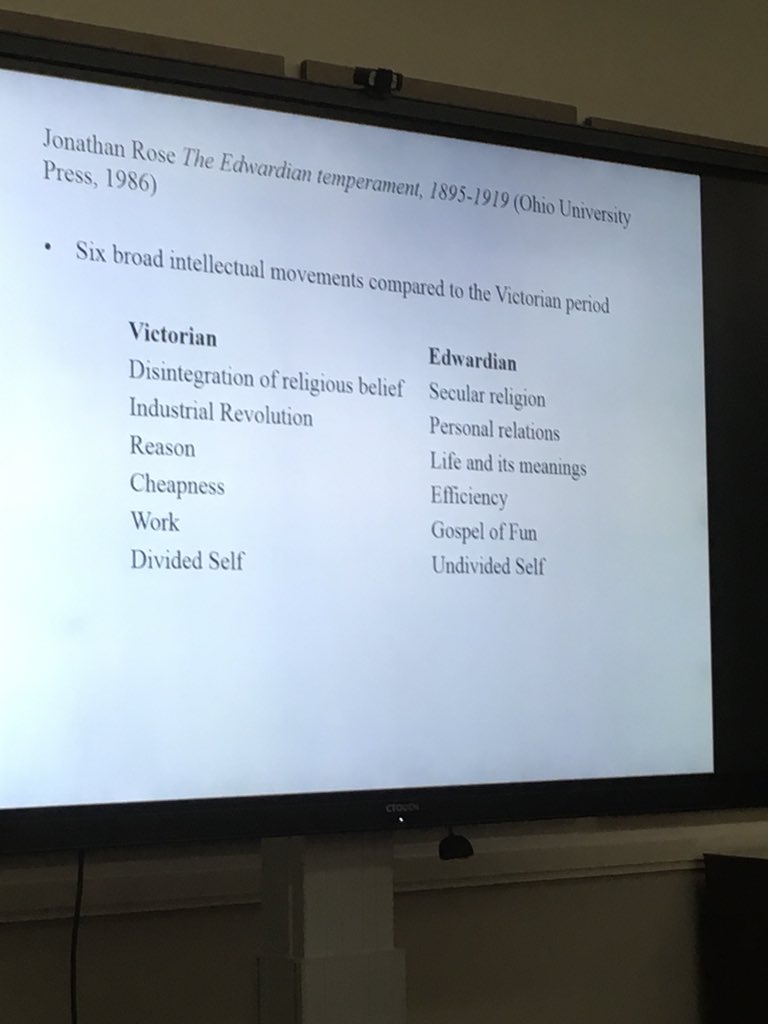
Claudio Testi on “Frodo Surrealist: André Breton and J. R. R. Tolkien on Dreams” #s849 #IMC2018 @IMC_Leeds 

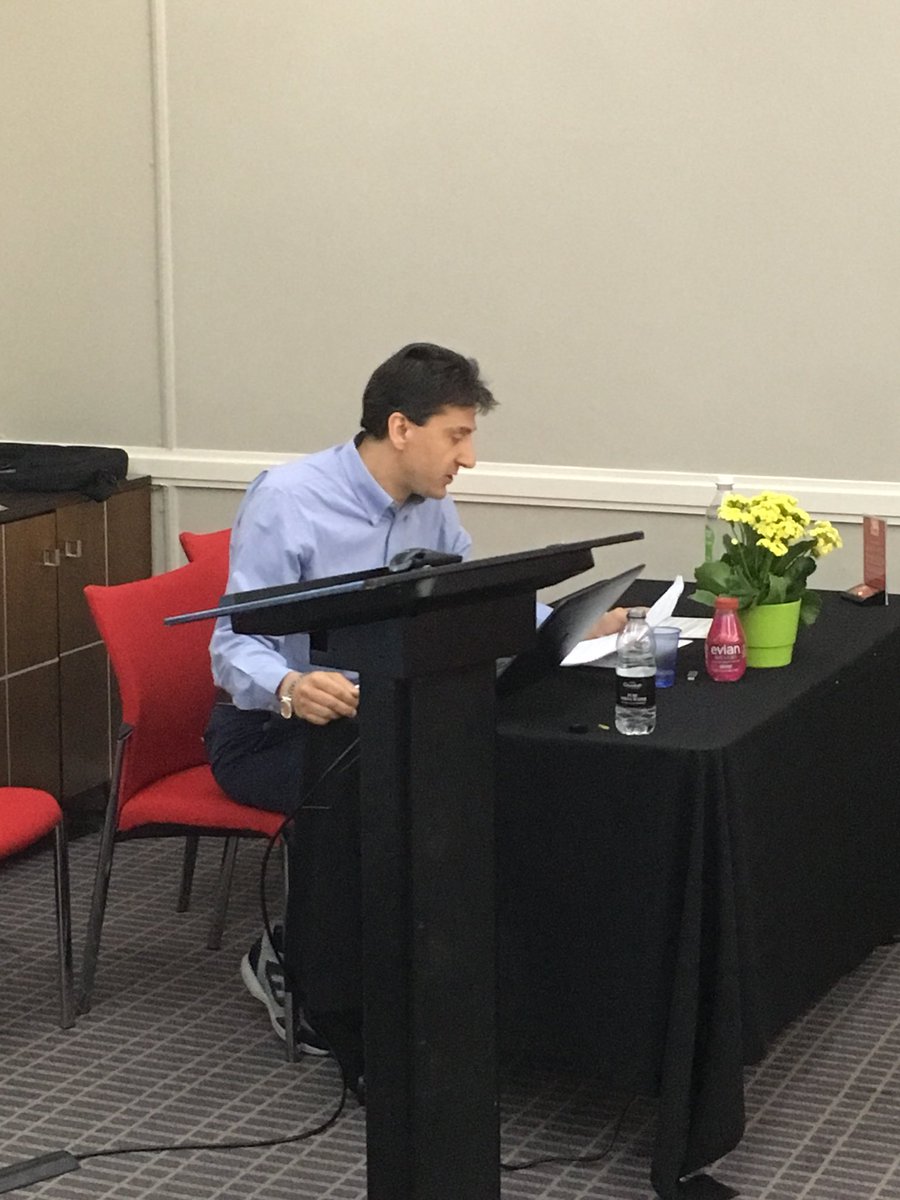
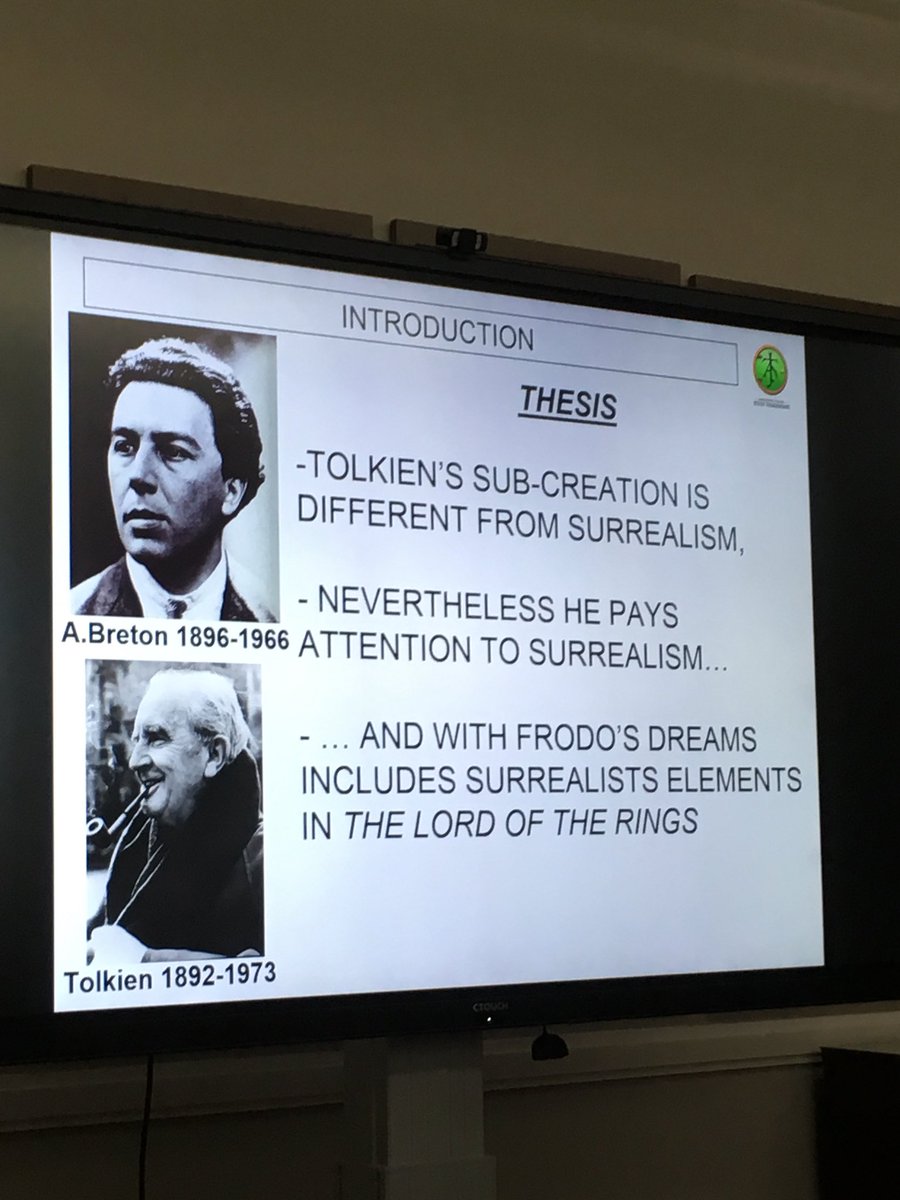
Testi argues that there are surrealist moments in The #LordoftheRings via dreams. Breton’s manifesto attempted to merge reality and dreams via surrealism. He also talked about dreaming while awake. #s849 #IMC2018 @IMC_Leeds
Testi: 1936: International Surrealist Exhibition in London with an abstract and concrete show in Oxford. Tolkien was then working on The Lost Road and soon after The #LordoftheRings. #s849 #IMC2018 @IMC_Leeds
Richards: can we really accept that the early Middle-earth is the same as the later one? Themes may be the same, but the socio-cultural context is different. Focus on one version of Middle-earth in this paper: the earliest #LordoftheRings drafts. #s849 #IMC2018 @IMC_Leeds
Richards: earlier stages of #LordoftheRings - use of agrarianism by #Tolkien to test its boundaries, especially in the Shire. The hobbits are creatures of an agrarian society, well-ordered and well-farmed. #s849 #imc2018 @IMC_Leeds
Vaninskaya will focus on the recurrent motif in #Tolkien of the desire to voyage to Elvenhome via the concept of Sehnsucht (Longing) #s849 #IMC2018 @IMC_Leeds
Vaninskaya: William Peter’s “imitation” of Schiller interprets the “other” land of desire in a non-Christian context - compare with Tolkien’s Undying Lands. #s848 #IMC2018 @IMC_Leeds 

.@LelieFairy: what do hobbits know about the world outside the Shire? In The Hobbit Bilbo knows very little, and so does the reader. In The #LordoftheRings Tolkien world have had two sort of readers: those who knew The Hobbit and those who didn’t. #IMC2018 #s749 @IMC_Leeds
.@LelieFairy: in their origin history, on their way to the Shire, hobbits meet Elves and Dúnedain, and learn letters and crafts from them. They promptly forget whatever language they spoke before. #s749 #IMC2018 #Tolkien @IMC_Leeds
.@krisswank: Tom Bombadil has much in common with Fintan Mac Bóchra of the Irish tradition. In an early prose fragment Tom B is “one of the oldest inhabitants of the kingdom” after the Britain had suffered many invasions. #s749 #IMC2018 @IMC_Leeds
.@krisswank: original answer of Tom B when Bingo (later Frodo) asks him who he is was “I am an aborigine”. #s749 #IMC2018 @IMC_Leeds
#Tolkien: Medieval Roots and Modern Branches, I: first up, Andrzej Wicher on “Some Boethian Themes as Tools of Characterization in J.R.R. Tolkien’s Lord of the Rings” #s749 #IMC2018 @IMC_Leeds 

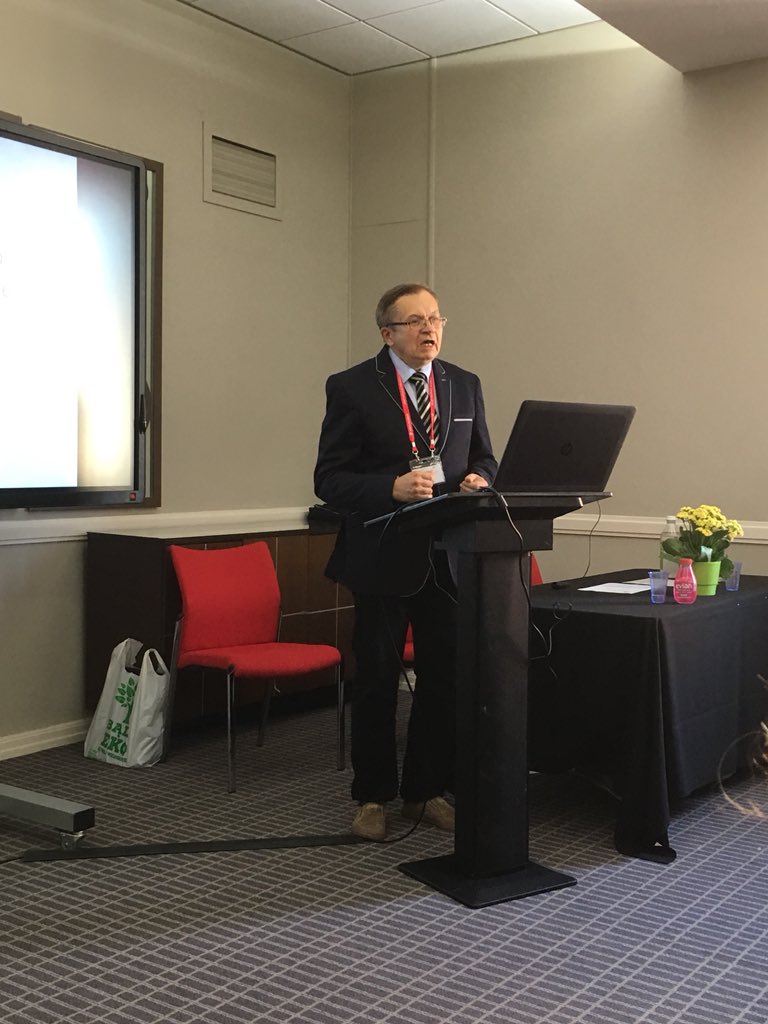
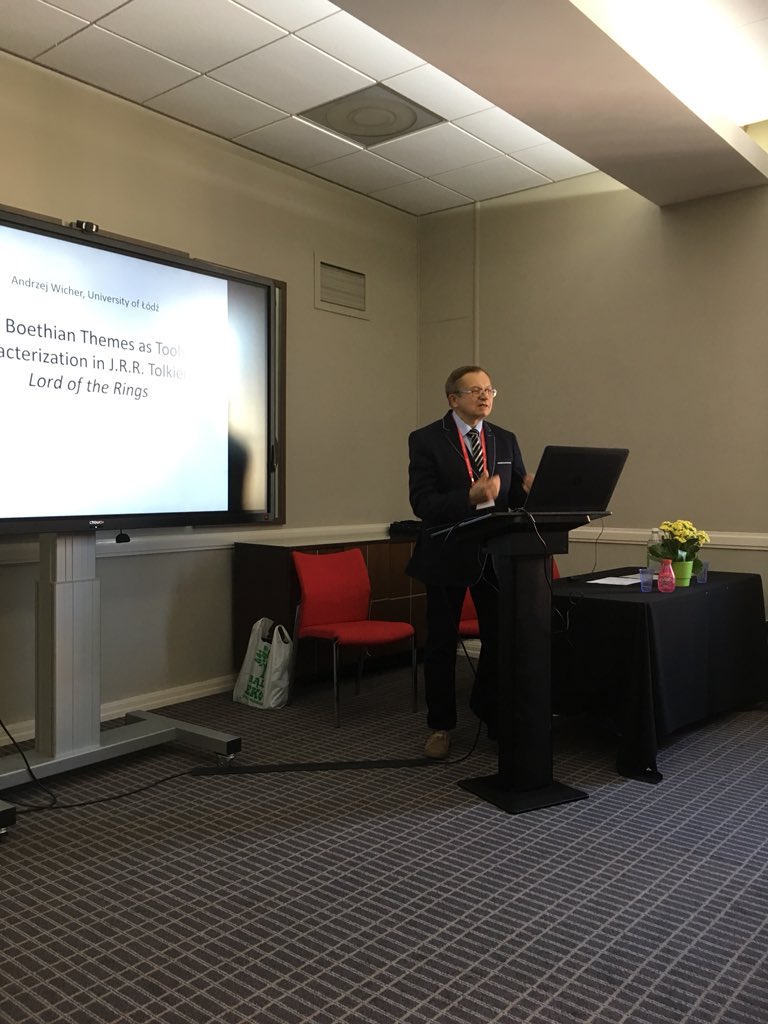
Wicher links Théoden’s lethargy with the amnesia/lethargy that Lady Philosophy can heal in Boethius #s749 #IMC2018 @IMC_Leeds 
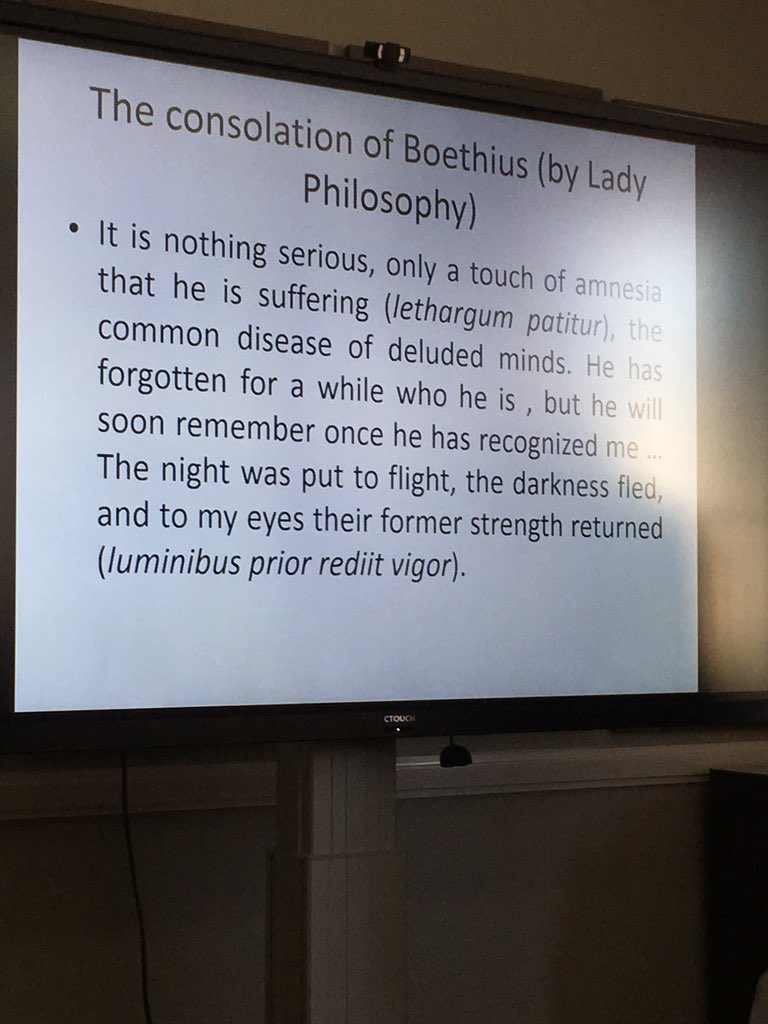
Wicher: Gandalf and Galadriel as two sides of one character, both with androgynous characteristics #s749 #imc2018 @IMC_Leeds
Robin Anne Reid on “The Grammar of Historical Memory in Tolkien’s Legendarium: The Tale of Beren and Lúthien” #s311 #imc2018 @IMC_Leeds #Tolkien 
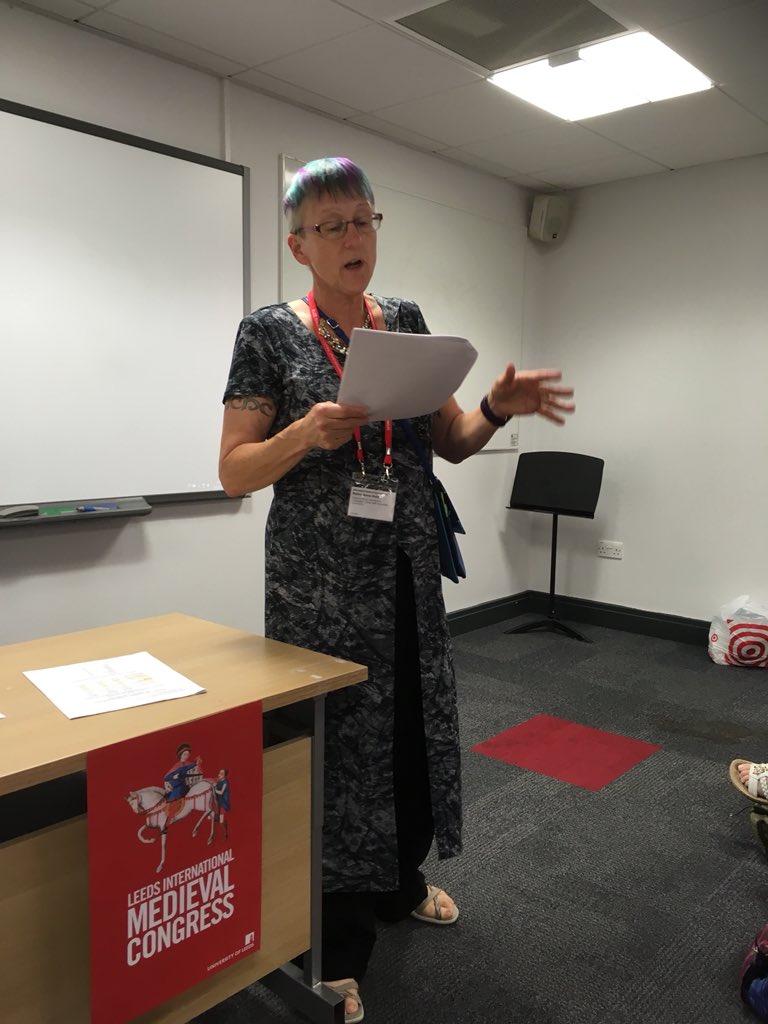
Reid: project on computational linguistics comparing “Tinuviel”, “Beren and Lúthien”, and “Aragorn and Arwen” in terms of text statistics, archaisms, geographical terminology, and “keyness”. #s311 #IMC2018 @IMC_Leeds #Tolkien
Reid: more onomastic richness (in terms of place and geography) in Beren and Lúthien, rather than Tinuviel. Evidence of the development of #Tolkien’s worldbuilding? #S311 #imc2018 @IMC_Leeds
Nathan Fredrickson on “Invented Language and Invented Religion: Tolkien’s Innovative Symbolic Systems and New Religious Movements” #s311 #IMC2018 @IMC_Leeds #Tolkien 
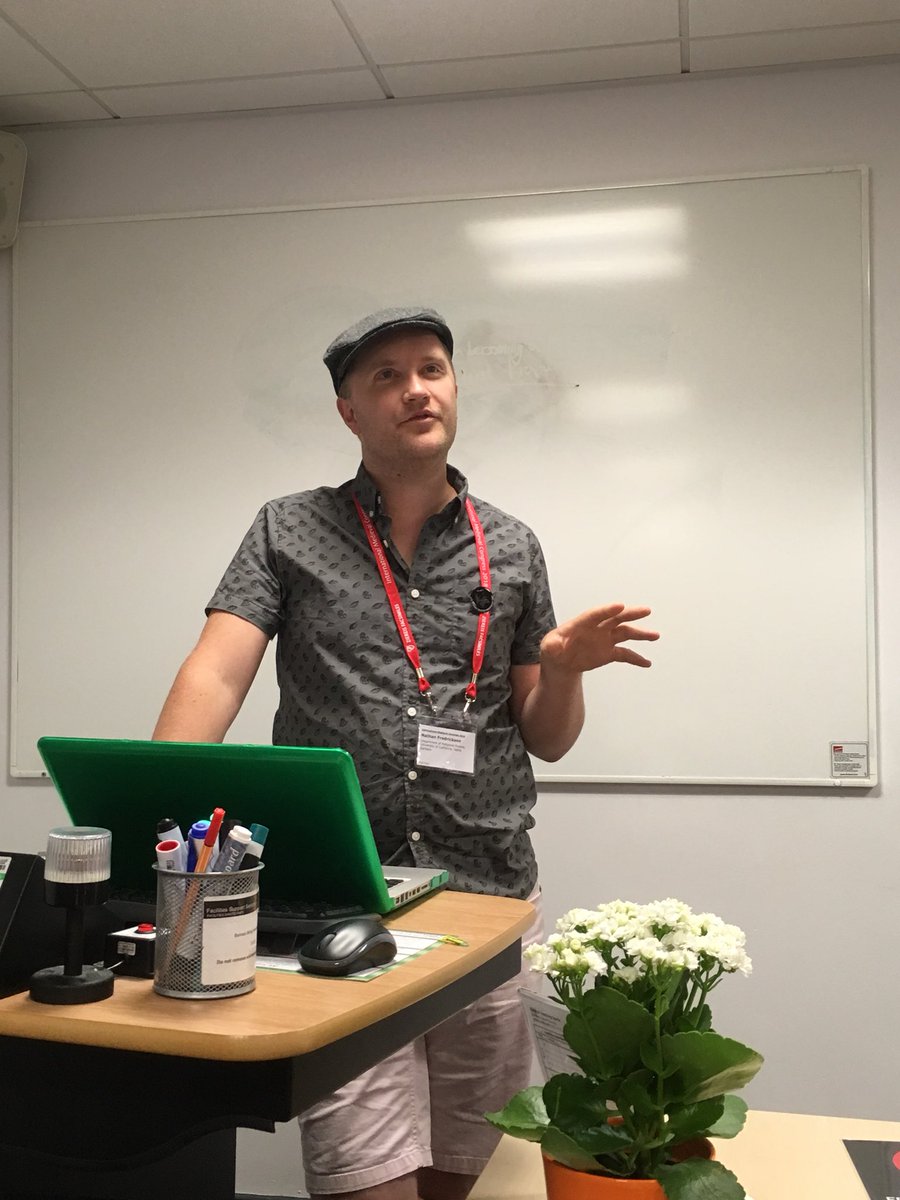
Fredrickson: there’s an essentialist humanistic way of thinking in #Tolkien, but also a critical, almost post-modernist emphasis on the constructiveness of things.
Fredrickson: linguistic invention has been neglected in fiction-based religions. There is some acknowledgment but not a proper consideration in #Tolkien-inspired religious movements.
Yvette Kisor on “Tolkien’s ‘The Lay of Aotrou and Itroun’ and The Lay of Leithian” #s311 #IMC2018 @IMC_Leeds #Tolkien 
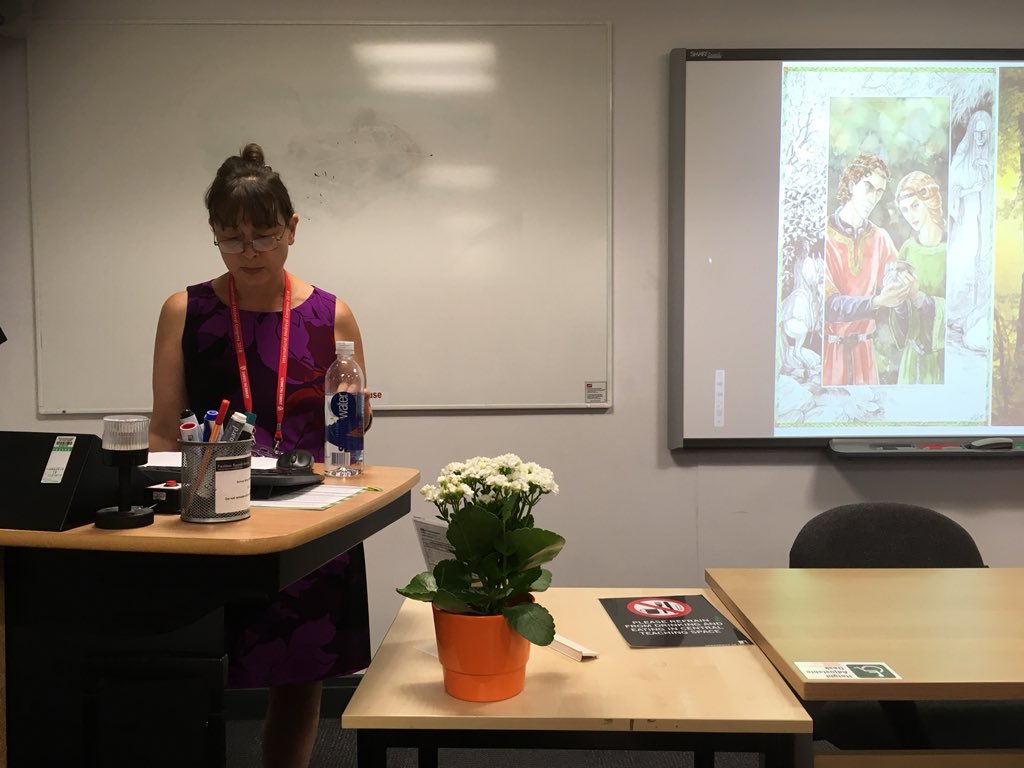
Kisor: The Lay of Aotrou and Itroun and The Lay of Leithien were written at the same time and they both contain elements of sexual desire and rapaciousness. #s311 #imc2018 @IMC_Leeds
Kisor: The encounter of Beren and Lúthien in the Lay is intensely physical, as opposed to the text of the Book of Lost Tales. #s311 #imc2018 @IMC_Leeds #Tolkien 

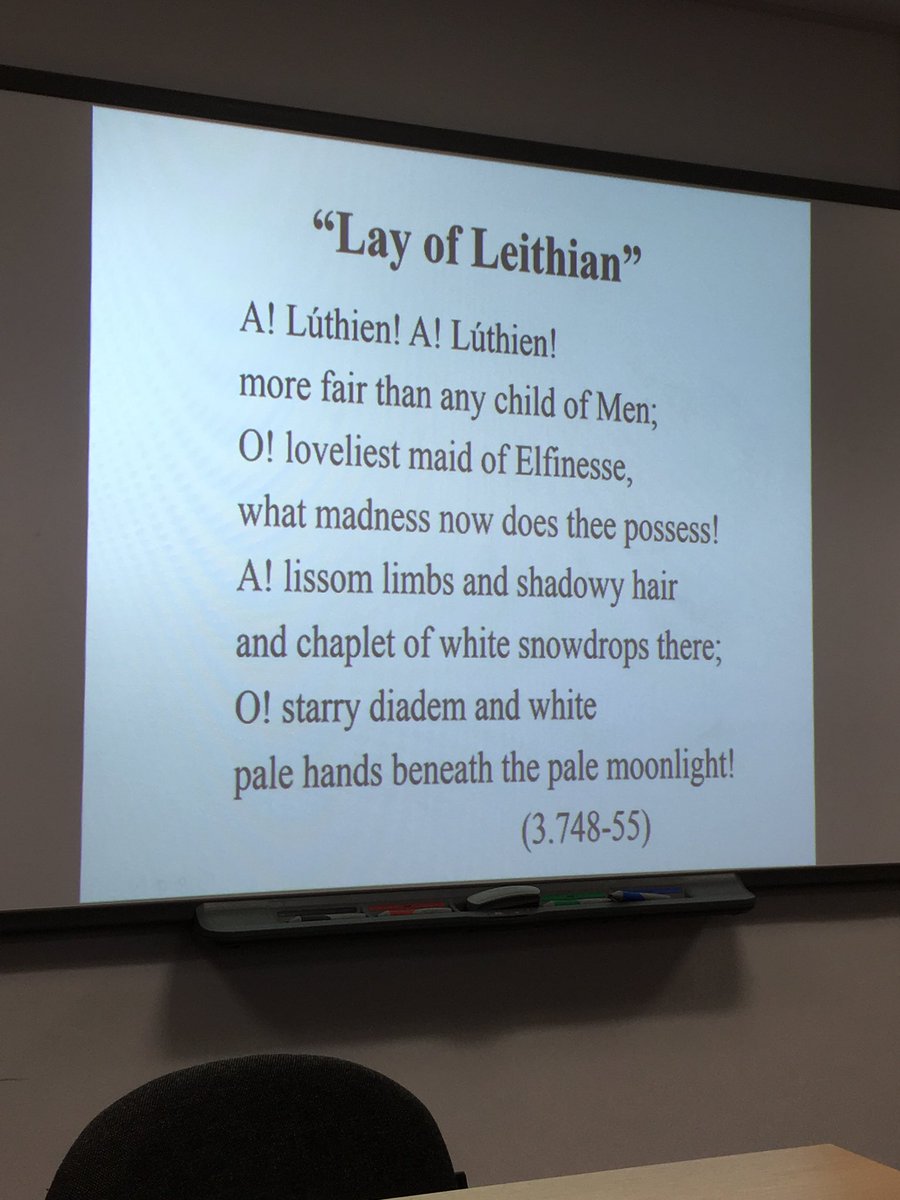
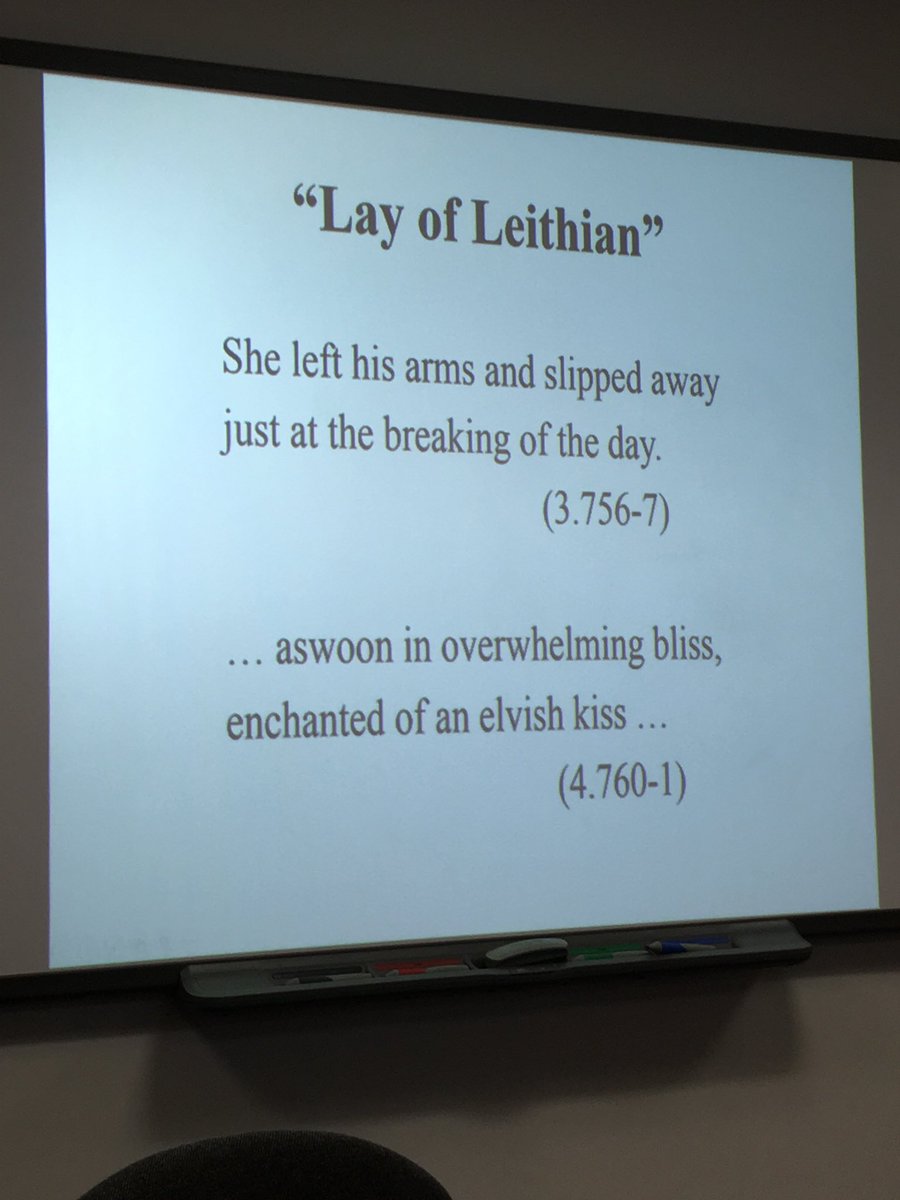
J. Patrick Pazdziora on “‘I will give you a name’: Sentient Objects in Tolkien’s Fiction”. #s311 #IMC2018 @IMC_Leeds #Tolkien 

Pazdziora: Kullervo is, in reality, “old” #Tolkien - pre-war, pre-Middle-earth. The paper will focus on animism, esp. Kullervo’s talking sword. #s311 #IMC2018 @IMC_Leeds #Tolkien
Pazdziora: the speaking sword is the most tangible link between Kullervo and Narn-i-chin-Húrin - but it doesn’t occur in the Kalevala. #s311 #IMC2018 @IMC_Leeds #Tolkien
Kristine Larsen: “‘Forgot even the stones’: Stone Monuments and Imperfect Cultural and Personal Memories in The Lord of the Rings” #s227 #IMC2018 @IMC_Leeds #Tolkien 
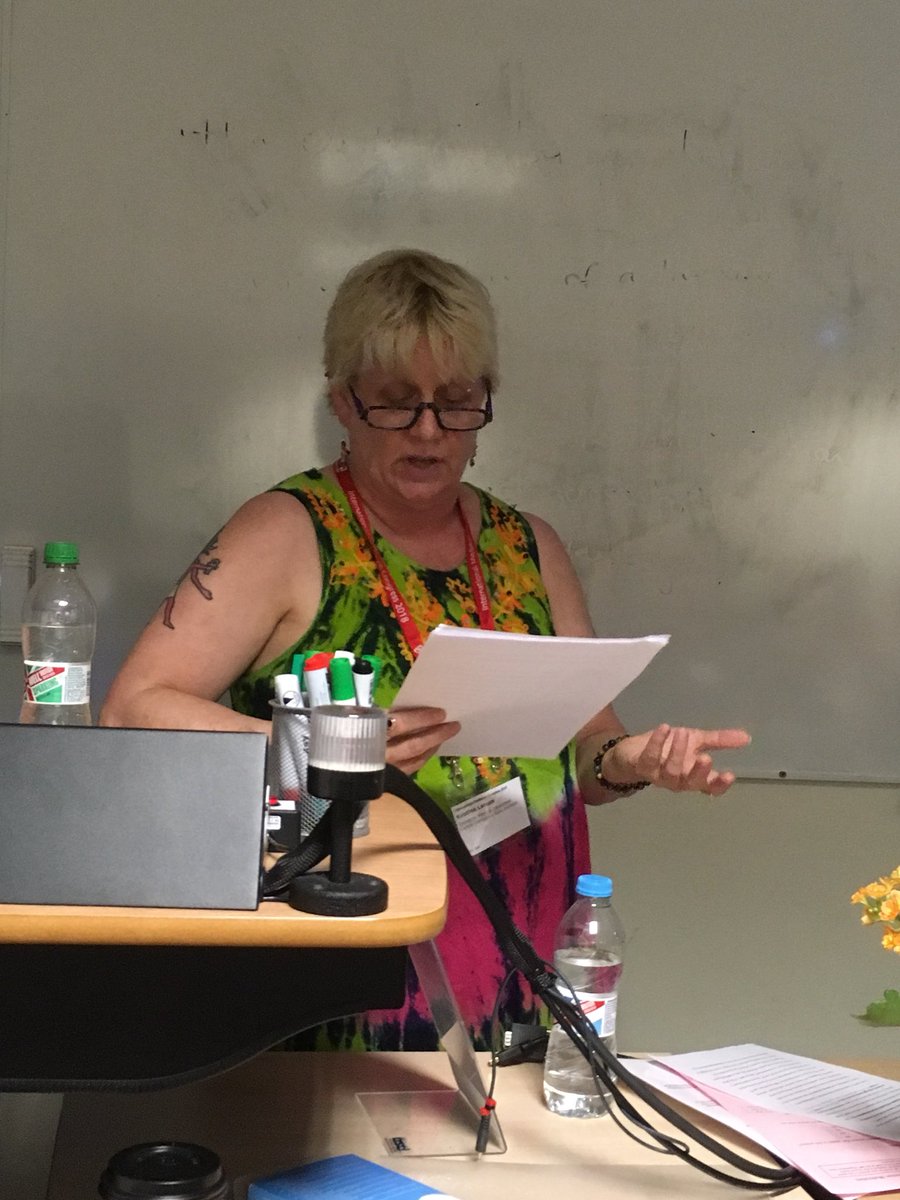
Larsen: (forgetting) family history in the #LordoftheRings: the hobbits mistake the Trolls as real, while Aragorn remembers the story of their petrification from Bilbo #s227 #IMC2018 @IMC_Leeds #Tolkien
Larsen: forgetting (“other”) cultural history: the Púkel-men at Dunharrow - the head of the Gondorian king on the way to Mordor. #s227 #IMC2018 @IMC_Leeds
Penelope Holdaway on “Longing to Remember, Dying to Forget: Memory and Monstrosity” #s227 #imc2018 @IMC_Leeds 

Holdaway: is the monstrous located in the physical? Cohen’s 7 theses may offer a broader way to look at the monstrous #s227 #IMC2018 @IMC_Leeds 
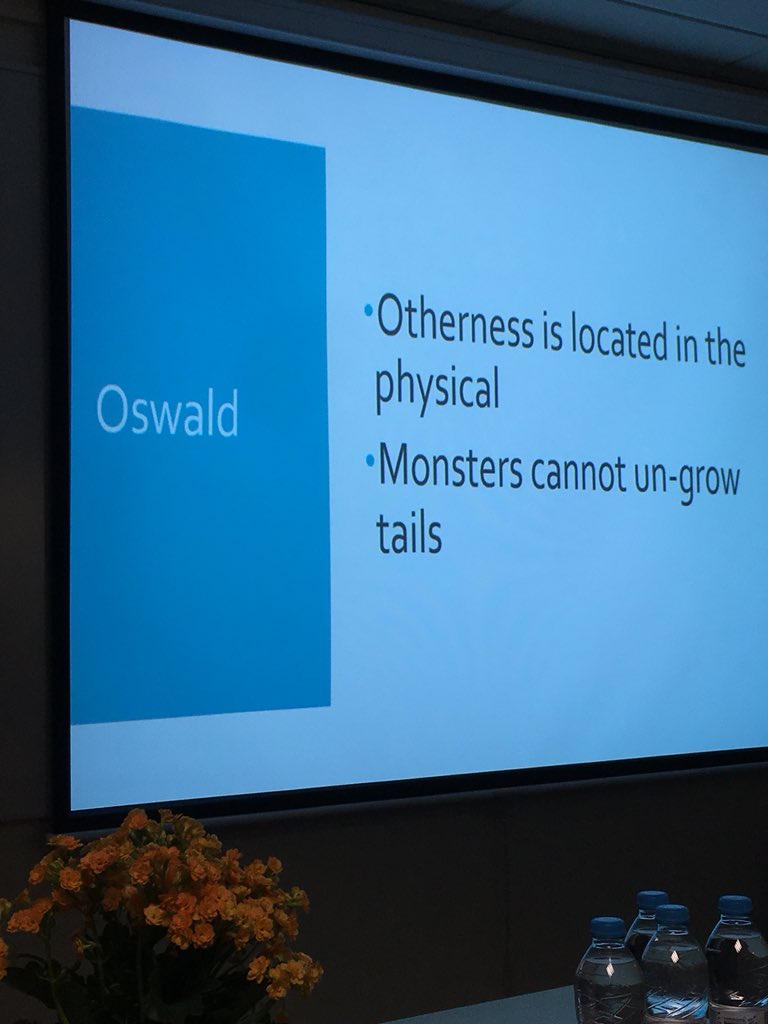
Holdaway: more emphasis on cultural definitions of the monstrous - Túrin’s otherness is a cultural otherness, where does that cross into the monstrous? #s227 #IMC2018 @IMC_Leeds
.@AranelParmadil on “Remembering and Forgetting: National Identity Construction in Tolkien’s Middle-Earth” #s227 #IMC2018 @IMC_Leeds 
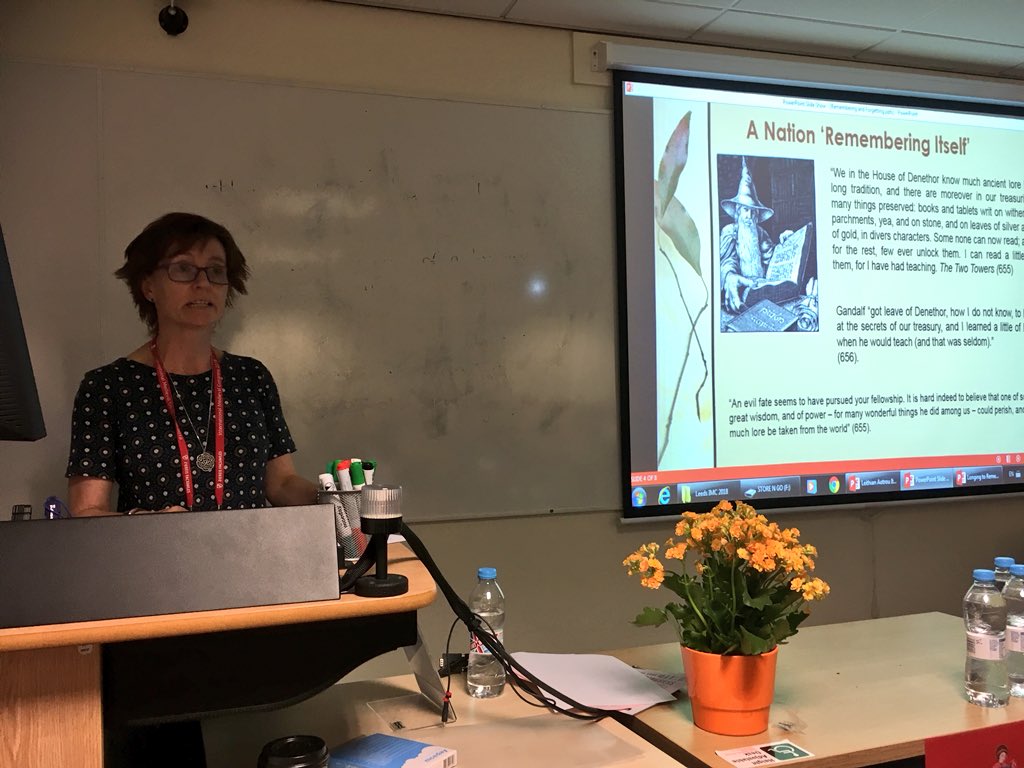
.@AranelParmadil: #Tolkien is interested in record-keeping and ways of preservation past history, but Middle-earth itself and its nexus of texts draws attention to the insufficiency of memory via written texts #s227 #imc2018 @IMC_Leeds
.@AranelParmadil: Tolkien’s recurring “Atlantis” dream: inherited memory as a neat way to solve the problem of the insufficiency of textual memory? #s227 #imc2018 @IMC_Leeds
Gergely Nagy on “#Tolkien Remembering Tolkien: Textual Memory in the 1977 Silmarillion” #s227 #imc2018 @IMC_Leeds 
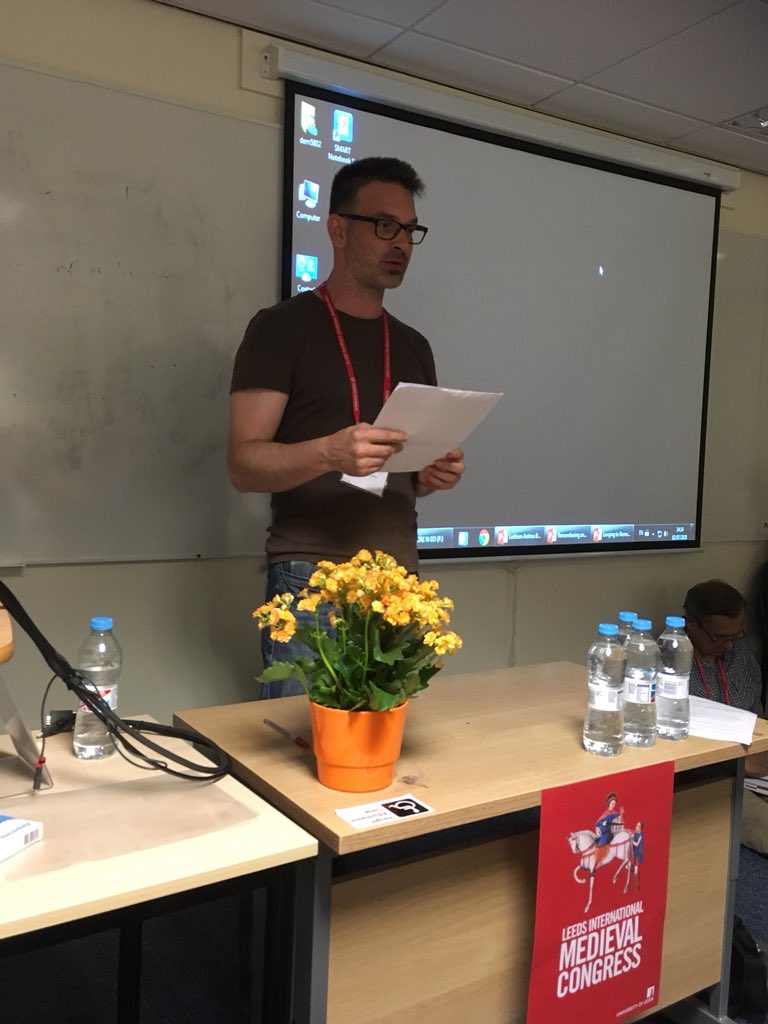
Nagy: the 1977 Silmarillion as a “textual field” - it was accused of reducing the multiplicity of the variants that #Tolkien created. #s227 #imc2018 @IMC_Leeds
Nagy: the making of the Silmarils - the diction around Feanor’s actions changed subtly throughout the different versions. Christopher Tolkien seems to have been attuned to the sounds of language when choosing between versions. #s227 #imc2018 @IMC_Leeds
.@AnnaMSmol: #Tolkien would have been familiar with typological interpretations of the Bible. The term has also been applied to the study of myth. #imc2018 @IMC_Leeds
.@AnnaMSmol: Conventional Christian typology: defining of “types” who predict or look forward to “anti-types” and make spiritual links. E.g. Adam as a “type” for Christ. #Tolkien #imc2018 @IMC_Leeds
Gaëlle Abaléa on “The Smith, the Weaver and the Librarian: Sub-Creating Memory in #Tolkien’s work” @IMC_Leeds #IMC2018 

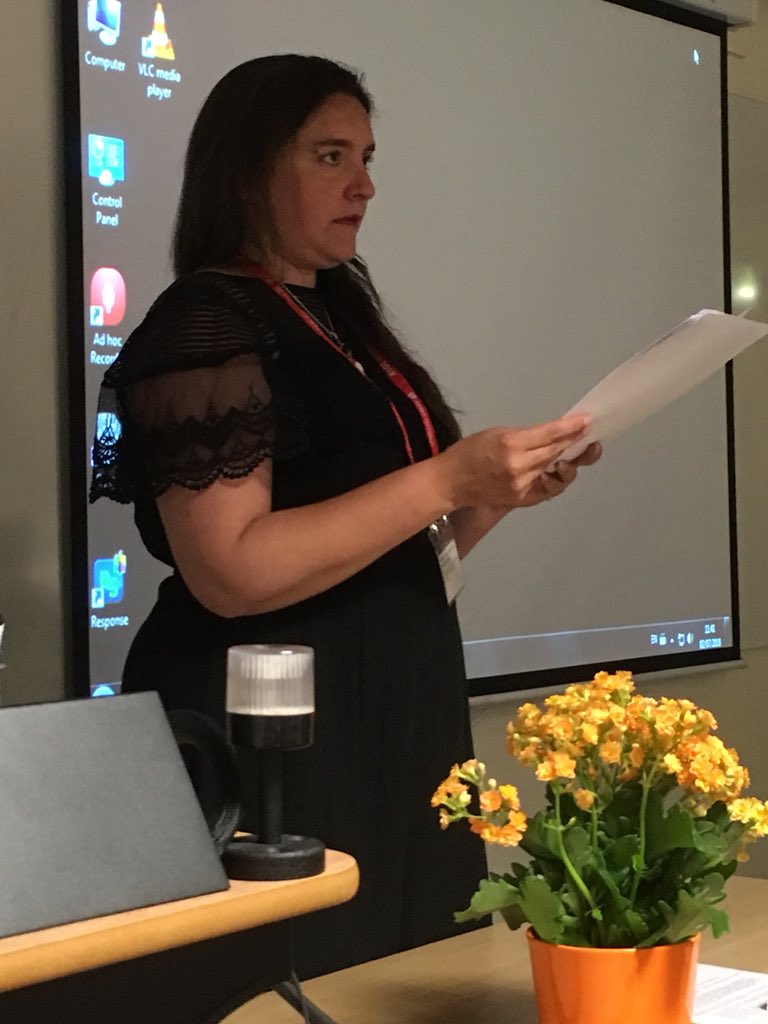
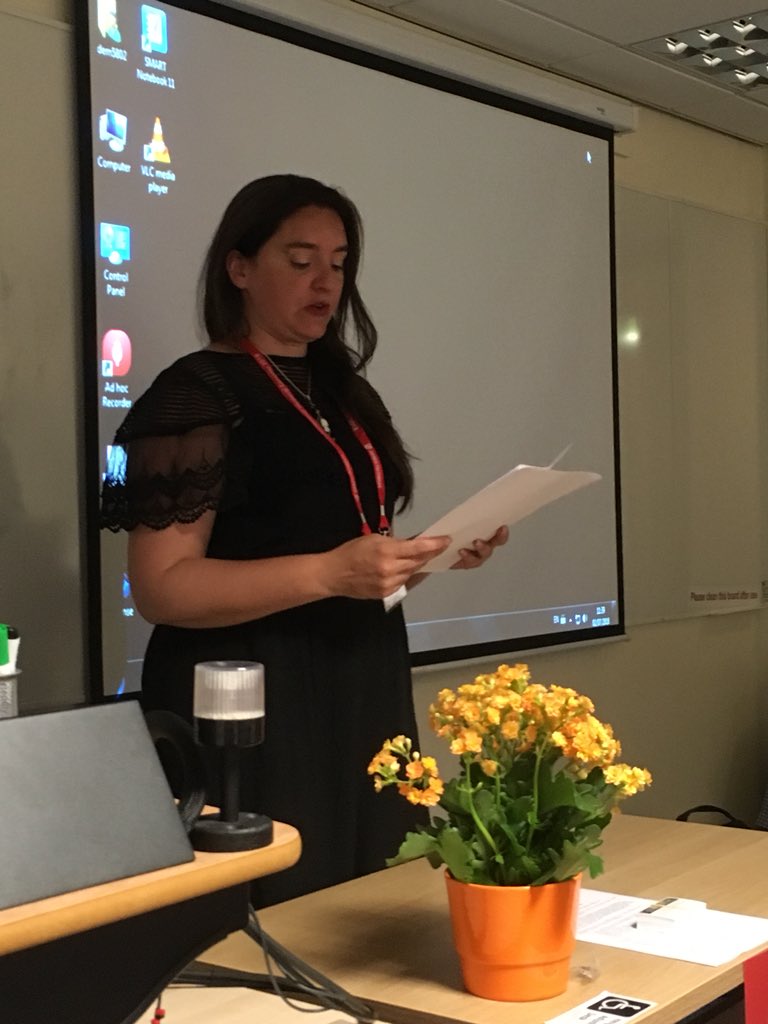
Abaléa: the figure of the weaver reoccurs in #Tolkien’s mythology - linked with mythological figures such as the Norse Norns. #IMC2018 @IMC_Leeds
Abaléa: weaving is significant among the Valar, linked with sub-creating the fabric of time in the early versions of the legendarium #IMC2018 @IMC_Leeds
Memory in Tolkien’s Medievalism I: @asthiggins on “World-Building and Memory in The Name-List to the ‘Fall of Gondolin’” @IMC_Leeds #IMC2018 
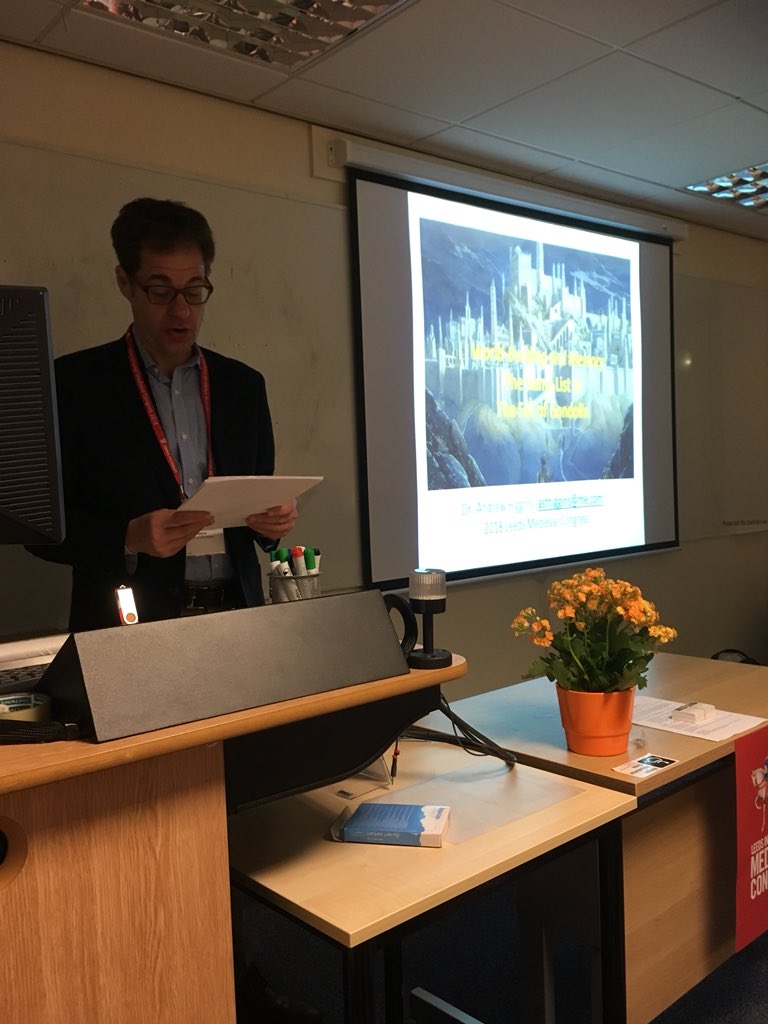
@asthiggins: lists were important in #Tolkien’s early mythology, as in ancient and medieval epics and tales #IMC2018 @IMC_Leeds
@asthiggins: The Book of Lost Tales records philological debates which contest how origins of names are remembered in his Invented world #IMC2018 @IMC_Leeds 
